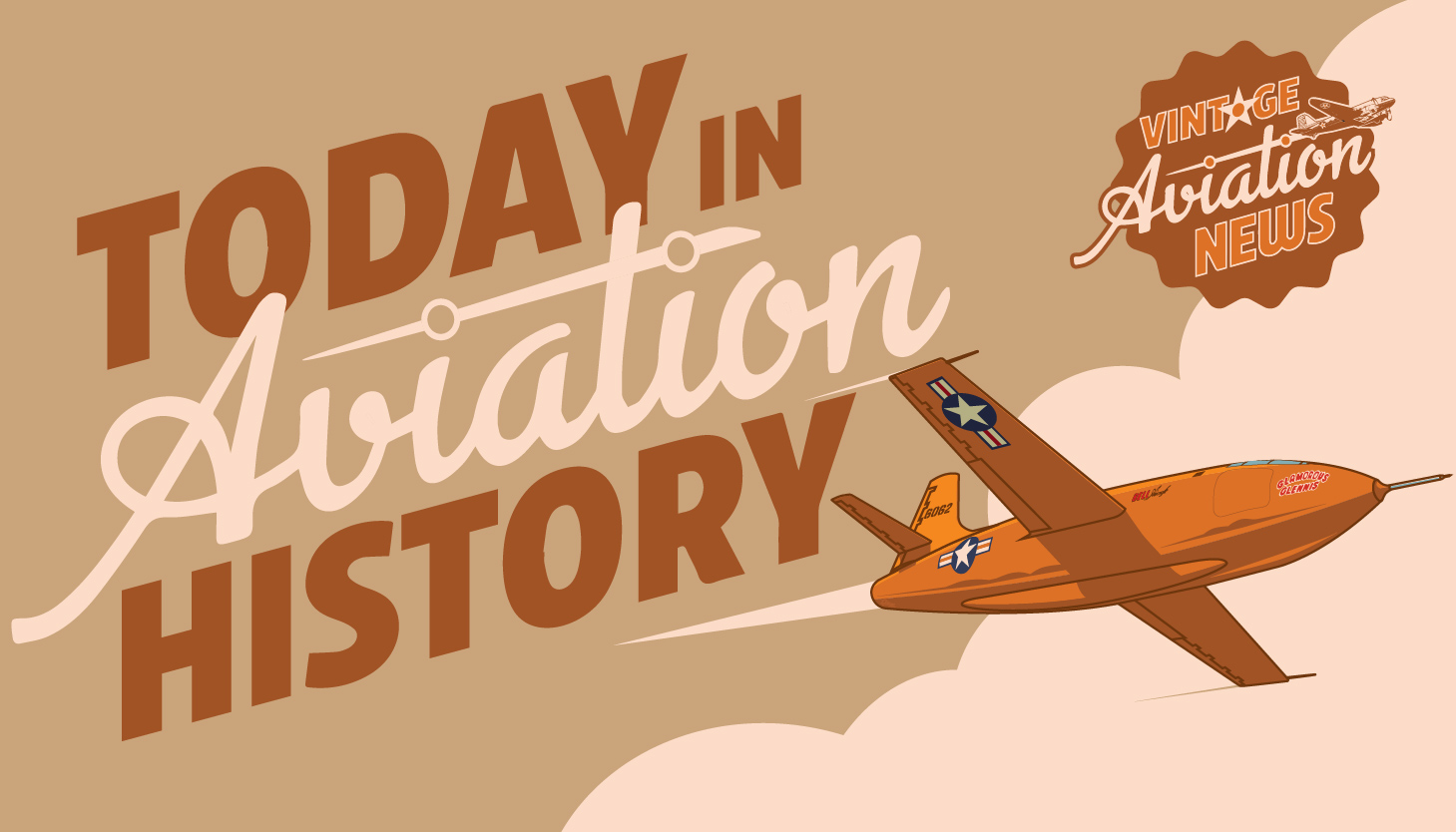
On October 28, 1954, the ultimate version of the North American FJ Fury Series, the FJ-4 Fury, took the skies with the dream of overcoming previous setbacks with carrier operations that could provide increased range over the previous Fury fighter-bomber variants. The FJ-4 was the final variant of the series, and unlike the earlier models, the FJ-2 and FJ-3, which were developed from the F-86 Sabre, the FJ-4 was a complete redesign. The redesign brought a transition for the Navy ops that brought in improved performance, especially in naval carrier operations. The new design also accommodated an increased internal fuel capacity, and engineers redesigned the fuselage to make it shorter and deeper. The final result was a swept-wing carrier fighter-bomber for the United States Navy and Marine Corps.
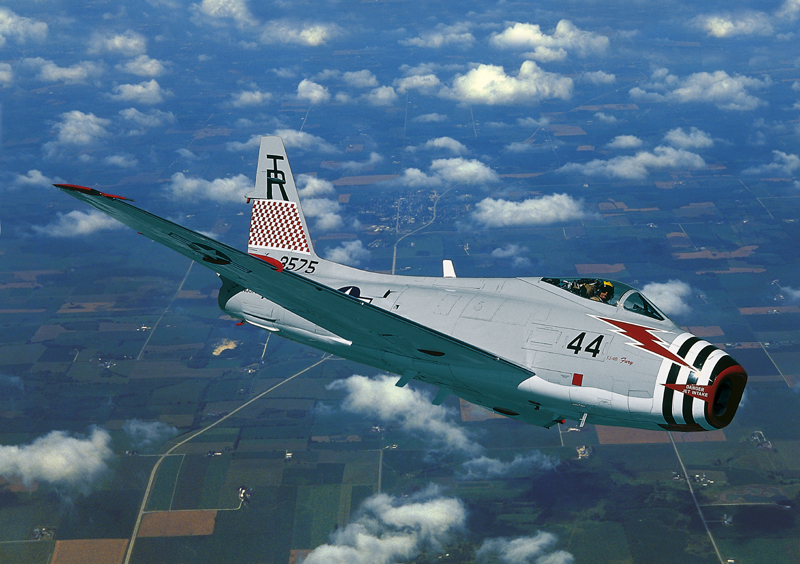
The Fury Begins
The manufacturing was under North American Aviation, and the FJ-4 was given a new wing design that was much thinner than the previous models. The wing had a six percent thickness-to-chord ratio, and it featured skin panels pulverised from solid alloy plates. The track of the main wheels was increased, and because they were closer to the center of gravity, there was less weight on the nosewheel. The FJ-4 was envisioned as an all-weather interceptor, which required a considerable range of internal fuel capacity, and hence, it had 50% more fuel capacity than the FJ-3. The fuel capacity was increased by deepening the fuselage and incorporating a distinctive razorback rear deck. As the fuel capacity was increased, the aircraft was lightened by removing armour and reducing ammunition capacity. The overall modifications resulted in two prototypes with Wright J65-W-4 engines, which were later replaced with J65-W-16A engines once the aircraft entered production. The FJ-4 first flew on October 28, 1954, and after successful testing, the delivery began in February 1955. The original order consisted of 221 FJ-4s, out of which the last 71 were modified in the FJ-4B fighter-bomber version. The fighter-bomber version was equipped with a stronger wing, four underwing stations and a stronger landing gear.
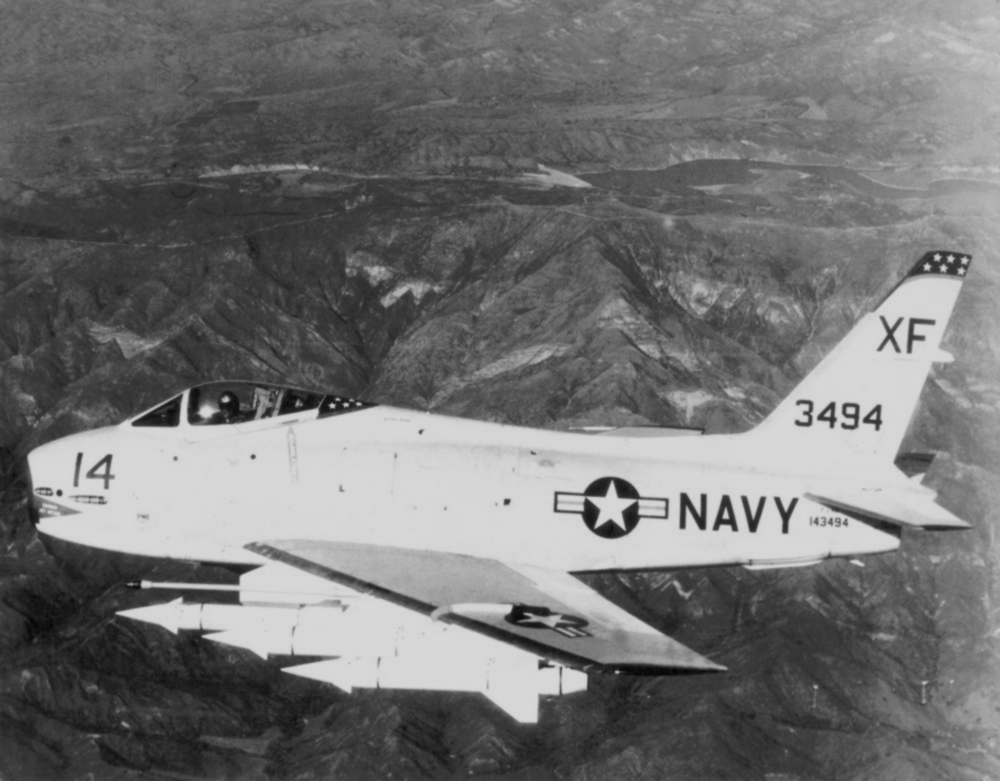
Fury of the Decade
The Navy ordered another batch of 151 FJ-4Bs in April 1956, and 1,115 FJ aircraft of all variants were delivered to the Navy and Marine Corps. The Navy also ordered six FJ-4s to be converted to FJ-4F to test rocket engines, but only two were completed. However, the aircraft retired a decade later after its successful operation career in December 1964, with 2,351 flight hours as more capable aircraft for carrier-based operations were introduced. The first FJ-4B Fury, serving as the prototype, is preserved in the Pima Air & Space Museum, showcasing its significance as a jet fighter in US naval history.
Today in Aviation History is a series highlighting the achievements, innovations, and milestones that have shaped the skies. All the previous anniversaries are available HERE.








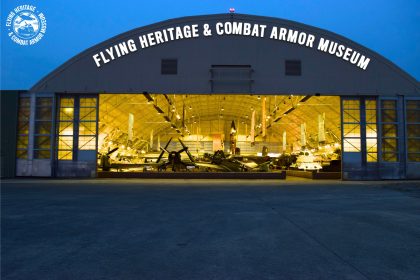
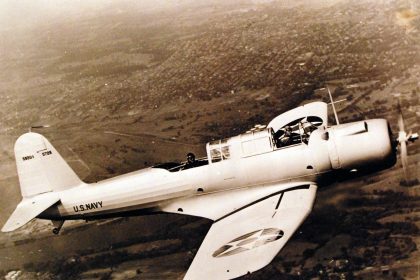
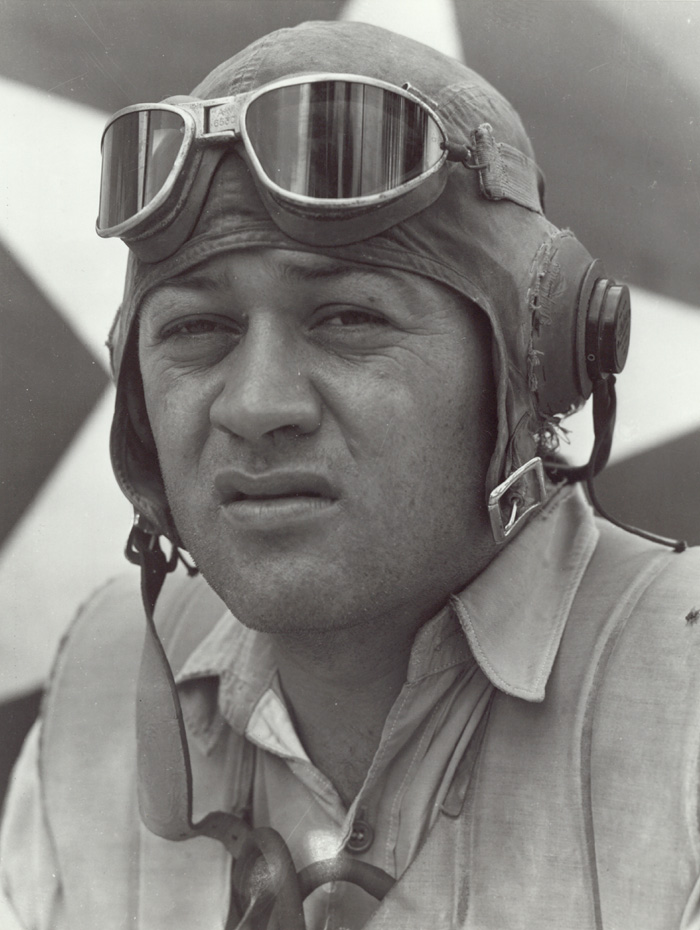
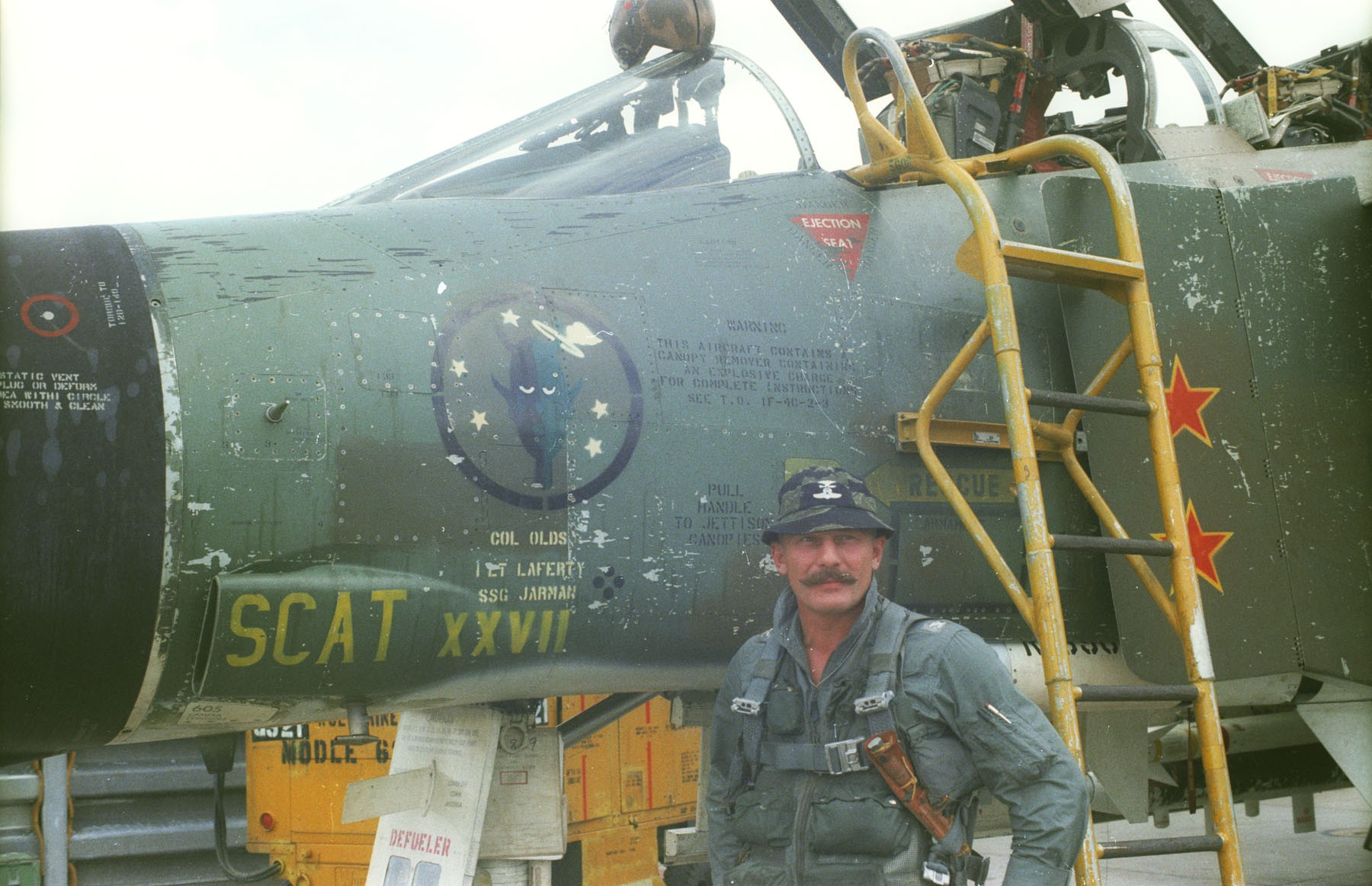
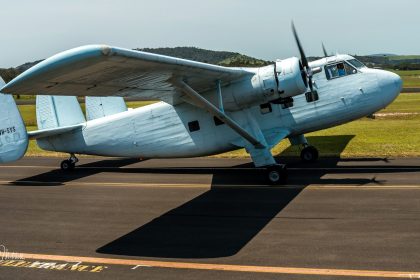

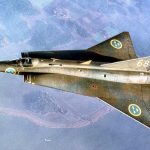
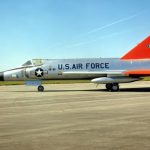
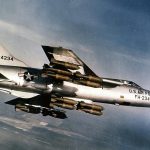
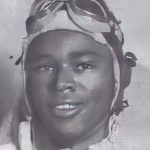

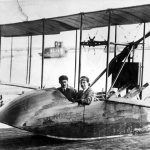
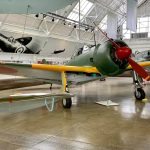
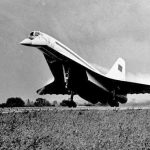
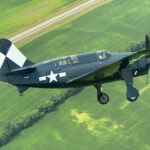
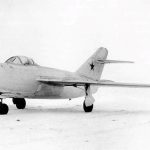

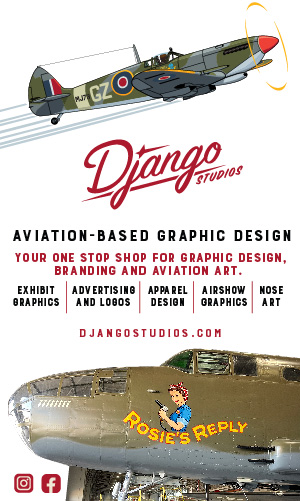

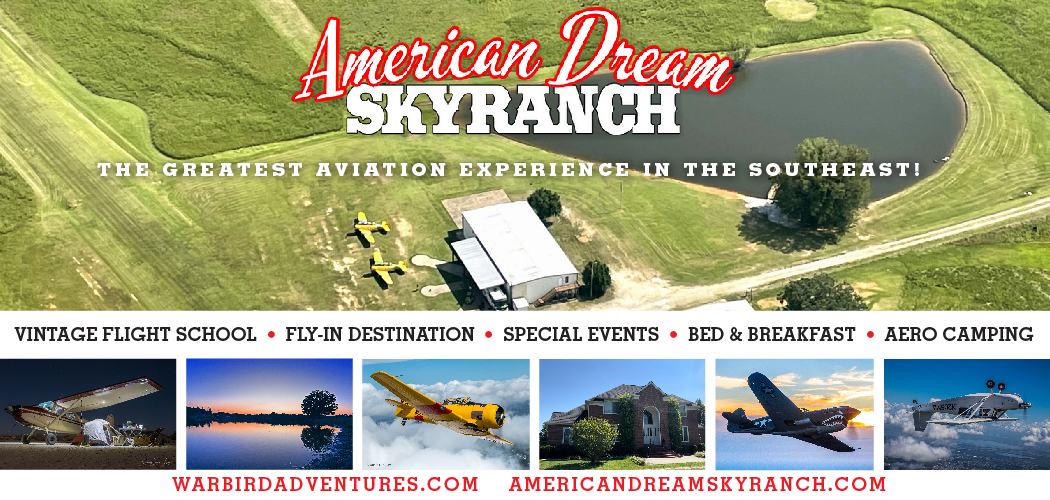
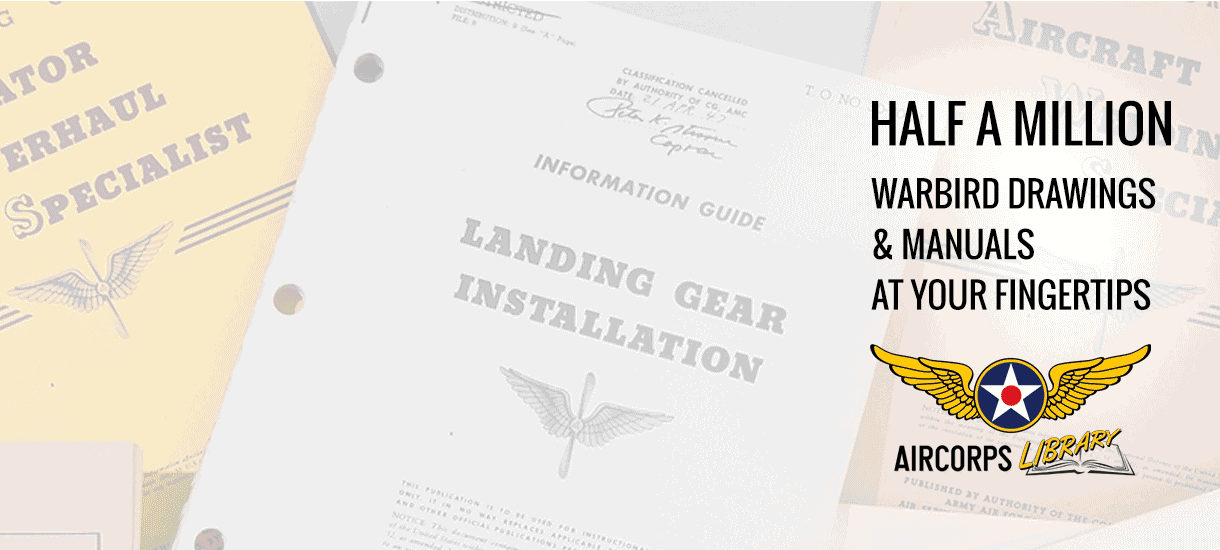







There’s also a single example of this aircraft in private hands as a warbird, as well.